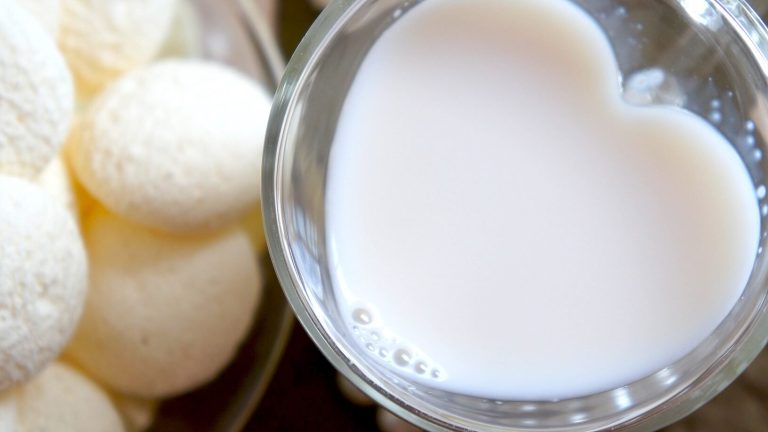If you were to go out and purchase fresh milk, what would you choose? Bagged milk and rooftop pasteurized milk are options, or you could even raise a cow in your backyard and have milk readily available. This may seem unremarkable, but it conceals a vast secret.
Why drink milk:
A recent study by Danish researchers discovered that consuming a low-fat, milk-based beverage after exercising can aid muscle growth and contribute to overall health. The researchers divided the participants into two groups, asking them to exercise three times a week. One group drank a blend of milk, water, sugar, and protein immediately after exercising, while the other group consumed the drink two hours after exercising. Following a three-month experiment, the first group experienced an average muscle increase of 7%, with some individuals gaining up to 20%; the second group’s muscle growth was irregular.
Unpleasant Flavors:
In terms of taste, high-quality pasteurized milk is superior to ordinary fresh milk. Fresh milk, even when freshly squeezed from healthy cows, may have an unappealing taste. This is because raw milk often contains a cow’s body odor in addition to the typical fresh milk flavor. Sometimes, milk exhibits a strong cow body odor, not due to spoilage but rather the cow’s physiological state. Gas chromatography analysis reveals that some milk types contain over 1ppm of acetone, over 20ppb of methyl sulfur, and a peak of β-tetramethylene ketone, resulting in an unpleasant flavor. However, pasteurization (including degassing and deodorization) improves the taste and reduces the cow odor.
What is fresh milk?
Fresh milk is a colloquial term in China, but in international dairy industry practices, the term “fresh” is primarily used in two contexts: one refers to raw milk, the raw material produced by dairy farms, known as “Fresh Milk.” The other term refers to pasteurized milk as “fresh milk.” Pasteurized milk is an internationally recognized liquid dairy product suitable for direct consumption and belongs to the dairy product category. Fresh milk is not a dairy product; it falls under the raw milk category and should not be consumed directly.
Milk history:
The history of humans drinking fresh milk dates back to the Stone Age. From the Stone Age until the 1880s, humans consumed fresh milk, or raw milk. While they derived nourishment from this, they also suffered considerably. Although humans have long cooked meat, their preference for raw milk has persisted, exposing them to various microbial infections that cause illness and death. The premature death of countless infants and the ongoing impact of tuberculosis are particularly severe.
Is the nutrition still there?
It can be confidently stated that the costly cows you invested in will not be entirely beneficial.
Milk protein (primarily whey protein) denatures when heated, and denatured whey protein is more digestible than unheated, undenatured, raw milk whey protein. Therefore, pasteurized milk is superior to unheated fresh milk in terms of protein digestibility. The extent of whey protein denaturation depends on the pasteurization temperature and duration, with minimal change occurring during short-term heating. Heating for 10-15 seconds denatures 10-20% of whey protein, while casein remains stable. Furthermore, fat-soluble vitamins (vitamin A, vitamin D, vitamin E), riboflavin pantothenic acid, biotin, and niacin do not diminish during pasteurization. Thiamine, pyridoxine, vitamin B12, folic acid, and other substances are somewhat lost during pasteurized milk production, but the loss is less than 10% and does not affect the milk’s



